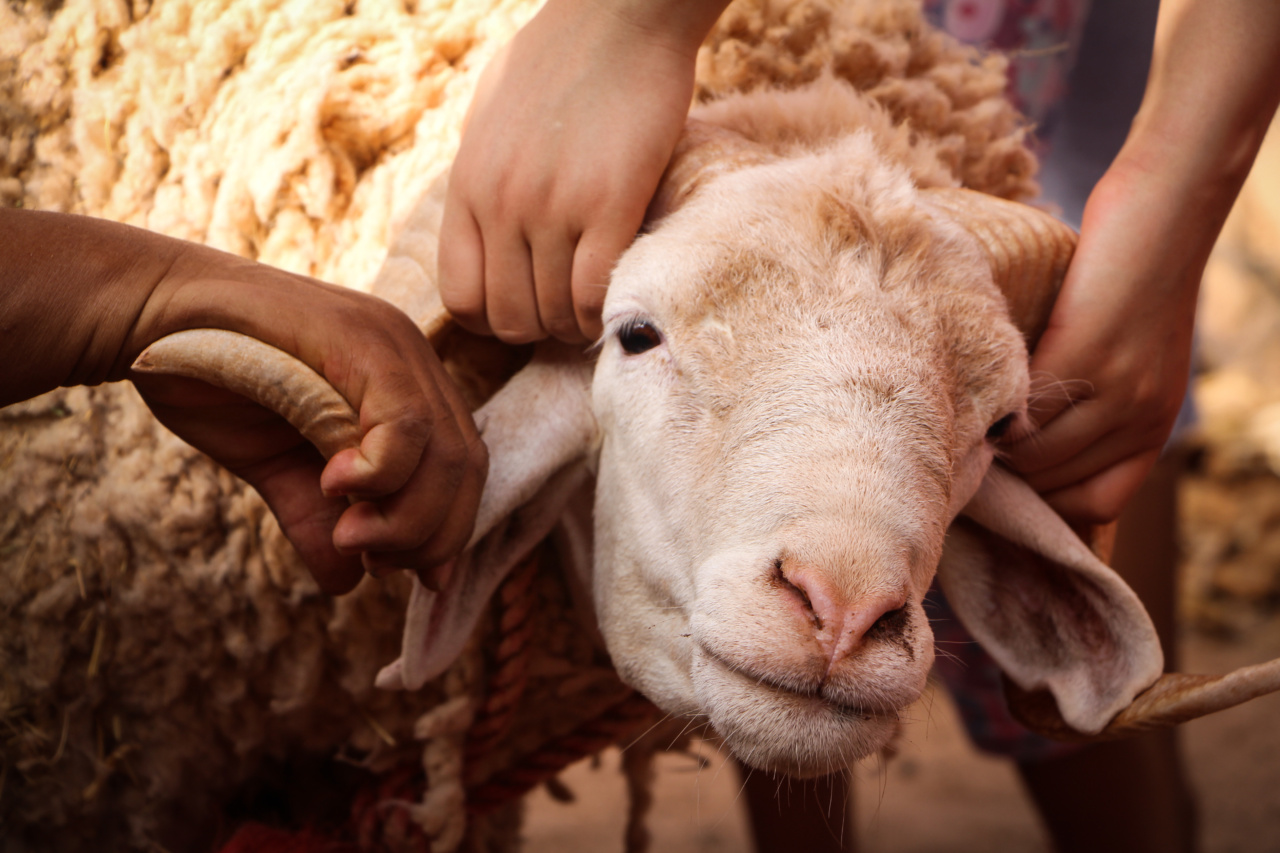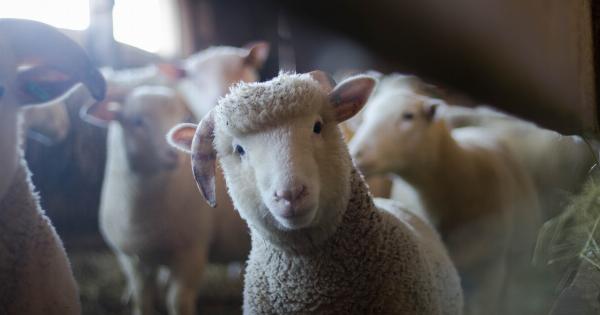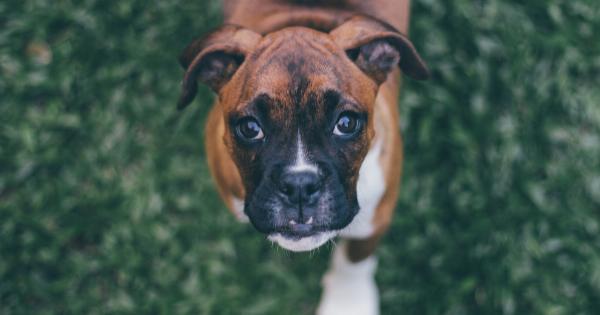The debate over whether an animal is a lamb or goat has been going on for centuries, and there are many people who are confused. Both animals are similar in appearance and are often kept for different purposes.
While they are both members of the same family, they are different in many ways, including their physical features, personalities, and behavior. Therefore, it is important to know the difference between a lamb and a goat.
Physical Features
One of the most significant differences between a lamb and a goat is their physical features. A lamb is a young sheep, while a goat is a different species altogether.
In addition, a lamb has a rounder body shape than a goat and has a shorter, woollier coat. On the other hand, a goat has a longer, rougher coat and has longer legs than a lamb. The facial expressions of the two animals are also different, with goats having a longer face than lambs.
Behavior
The behavior of a lamb and a goat can differ significantly. Lambs are generally more docile and easygoing, allowing them to be handled more easily. They tend to follow a herd mentality and have a strong instinct to stay together.
Goats, on the other hand, tend to be more independent and stubborn. They can be difficult to manage due to their strong wills and often go off on their own.
Personality
The personality of a lamb versus a goat is quite different as well. Lambs are usually calm and peaceful animals that make excellent pets for those who want a gentle companion. They are also known for their playful and curious nature.
Goats, on the other hand, have a more mischievous side. They are known to be sneaky, playful, and curious, which can cause problems if they get into things they shouldn’t. However, goats can also be trained to be excellent pets and are great for those who want a more active and challenging companion.
Uses
The uses of lambs and goats are quite different. Lambs are often raised for their meat, while goats are mainly used for their milk. Lambs are also raised for their wool, which is used to make clothing and other products.
In contrast, goats are often used in the production of cheese, yogurt, and other dairy products. They can also be used for meat if they are not producing enough milk.
Diet
The diet of a lamb and a goat can differ as well. Lambs are herbivores and consume grasses, hay, and other vegetation. They require a lot of protein to grow and develop properly.
On the other hand, goats are browsers, which means they eat leaves, twigs, and branches from bushes and trees. This type of diet requires more energy and roughage, and goats can be picky when it comes to their food.
Health Concerns
There are also some health concerns to be aware of when it comes to lambs and goats. Lambs are susceptible to several diseases, including pneumonia, enterotoxemia, and scours.
They require regular vaccinations and preventative measures to keep them healthy. Goats are susceptible to similar diseases, as well as parasites, such as lice and worms. They also need to be vaccinated regularly and undergo regular deworming treatments.
Conclusion
In conclusion, it is essential to understand the difference between a lamb and a goat. While they may appear similar at first glance, they are two distinct animals with unique personalities, characteristics, and uses.
Understanding these differences can help you choose which animal is right for your needs and ensure that they are well cared for in the long run.































